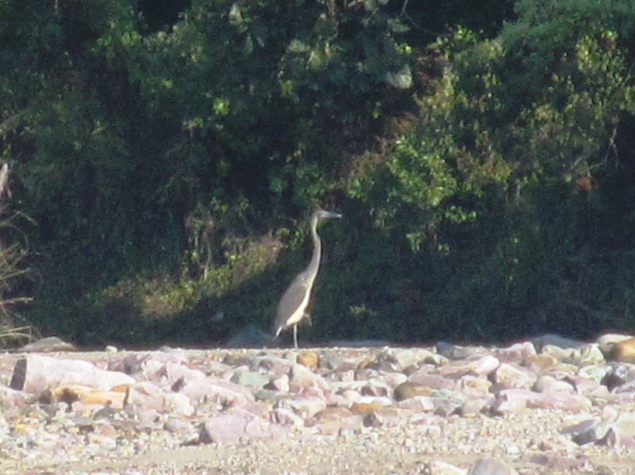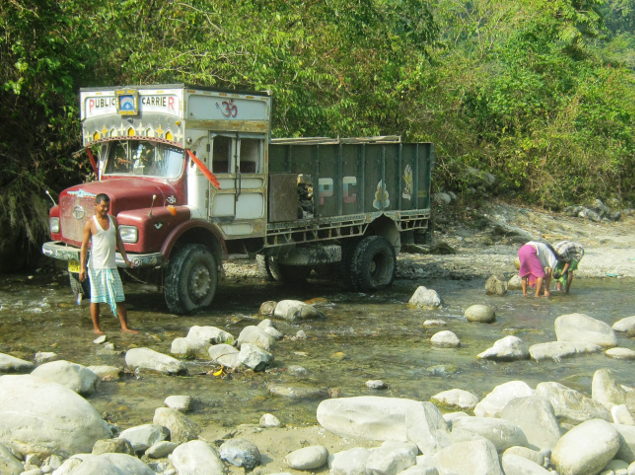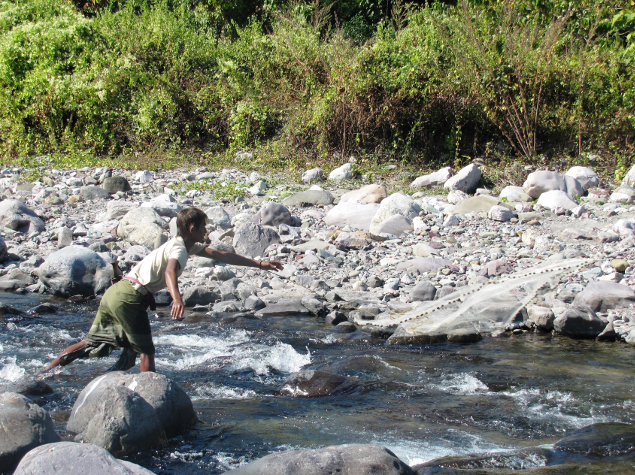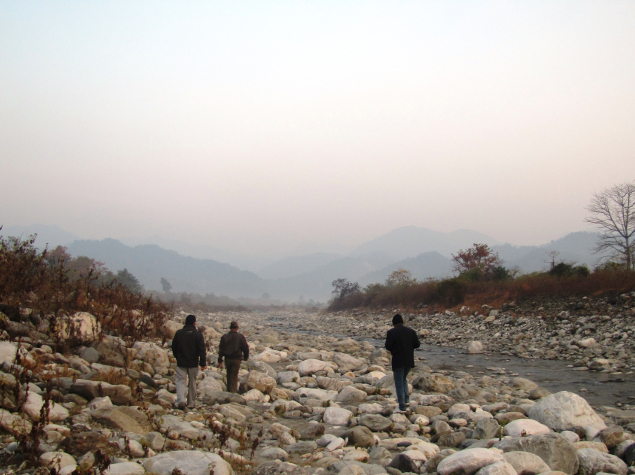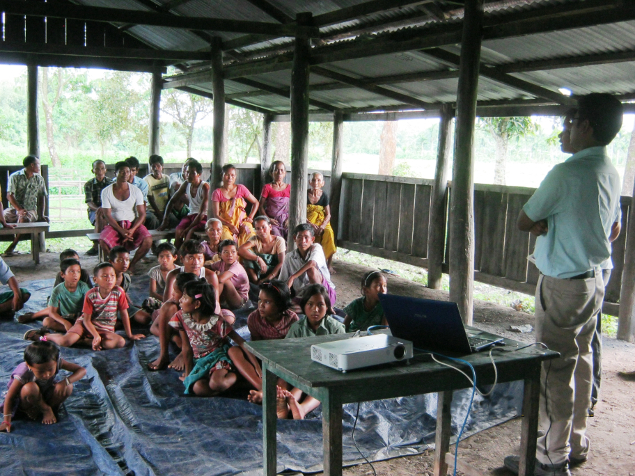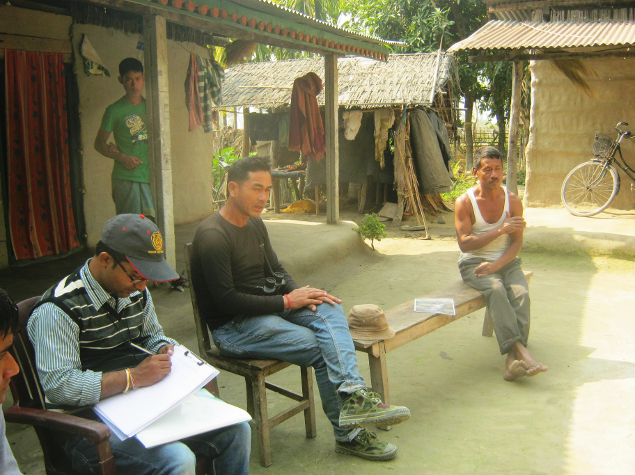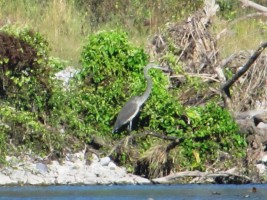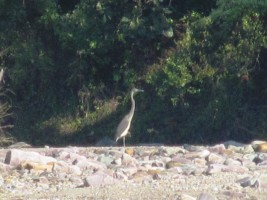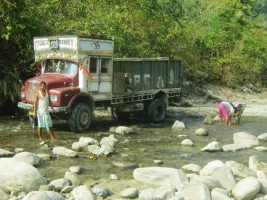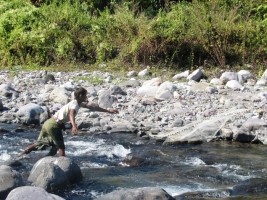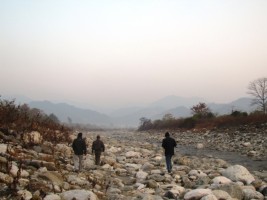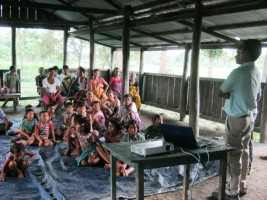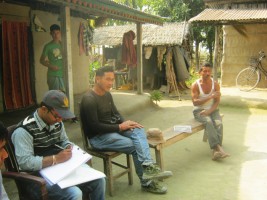Monitoring the population, habitat and ecological requirements of the white-bellied heron in the Manas National Park, India
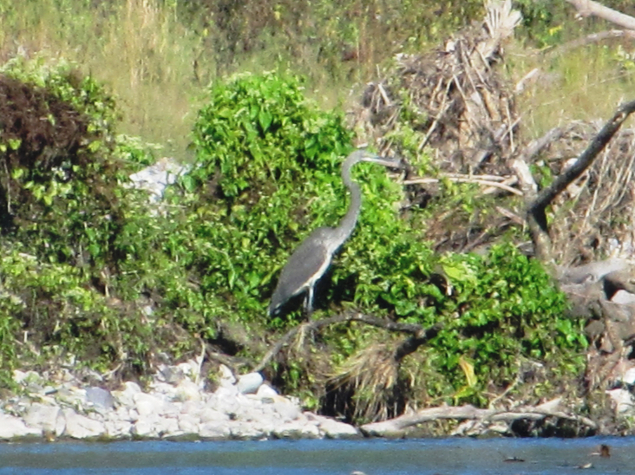
This project, run by Atree, addressed the population dynamics and threats facing the white-bellied heron (Ardea insignis) at key sites in the Manas National Park, India. These threats include poaching, destruction of nests, habitat loss (pollution, overexploitation of resources, rapid growth of aquatic vegetation, etc.) and overfishing. A further aim of the project was to develop community and civil society involvement in conservation of the species through awareness campaigns.
This project has been adversely affected by the geopolitical context of the region, where a pro-independence group has carried out massacres against ethnic and religious minorities. These events took place within the project implementation area, bringing transport to a standstill and putting a number of study areas off limits. Furthermore, only one sighting of the heron was reported, making it impossible to conduct an in-depth study of the species. It is important to note that the white-bellied heron is listed as ‘critically endangered’ (just below ‘extinct in the wild’ in the IUCN classification scheme). Nevertheless, fundamental work was carried out on the biotope of 13 potential heron sites, enabling an inventory of bird and plant species to be drawn up and potential threats to the heron to be identified.
In addition, various communication initiatives were launched with the aim of raising local community and civil society awareness. These included:
- seven meetings with local village leaders to raise awareness and obtain information on the presence or absence of white-bellied herons in the vicinity.
- a one-week information campaign, involving 500 schoolchildren, 400 villagers, 6 local NGOs, soldiers stationed at the border with Bhutan, and Water and Forest Department teams, during which brochures and posters were distributed, describing the species.
- a meeting held in November 2014 with 60 community representatives on the importance of protecting the white-bellied heron.
Since then, two areas of potential presence have been signposted as off limits to the local communities, and a decrease in human presence has been observed. A tourist area has also been shifted away from another potential heron site.
Atree is now seeking to strengthen the involvement of tribal leaders and to instill the importance of setting up disturbance-free zones.

